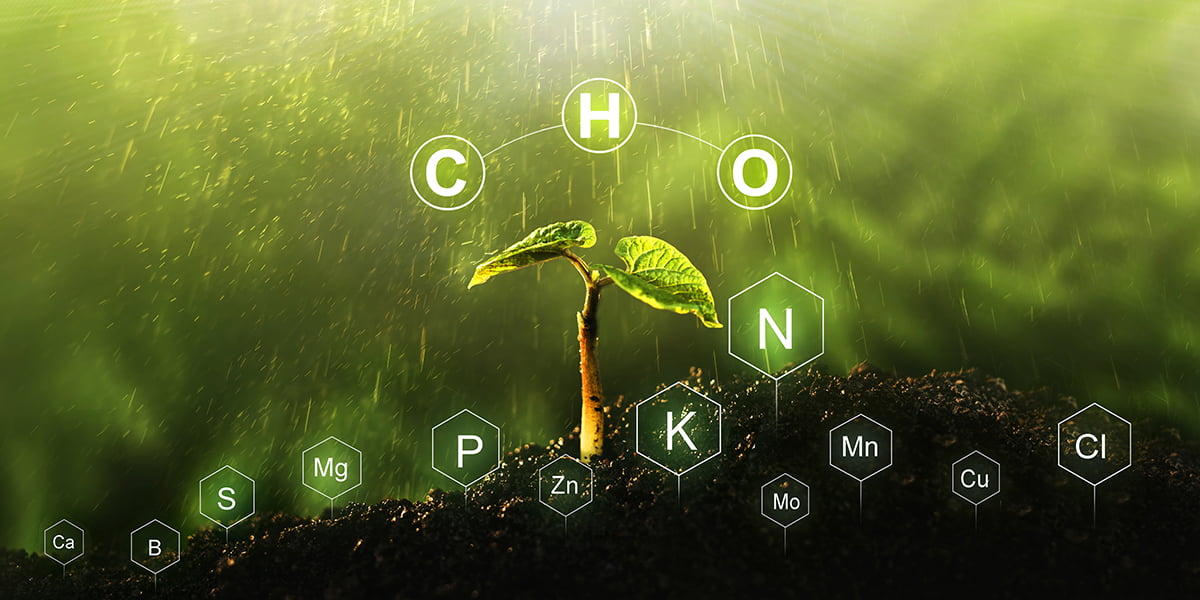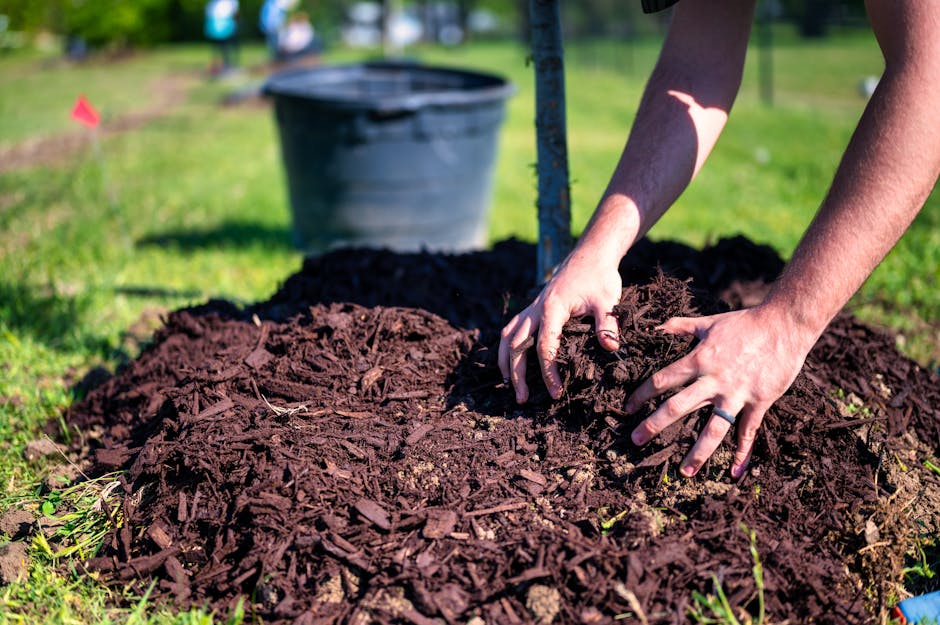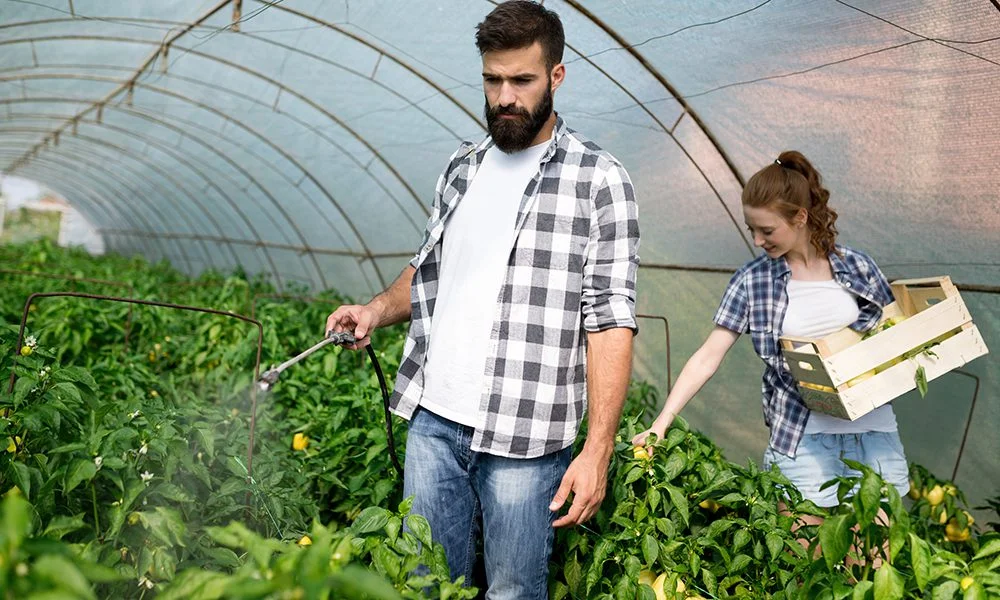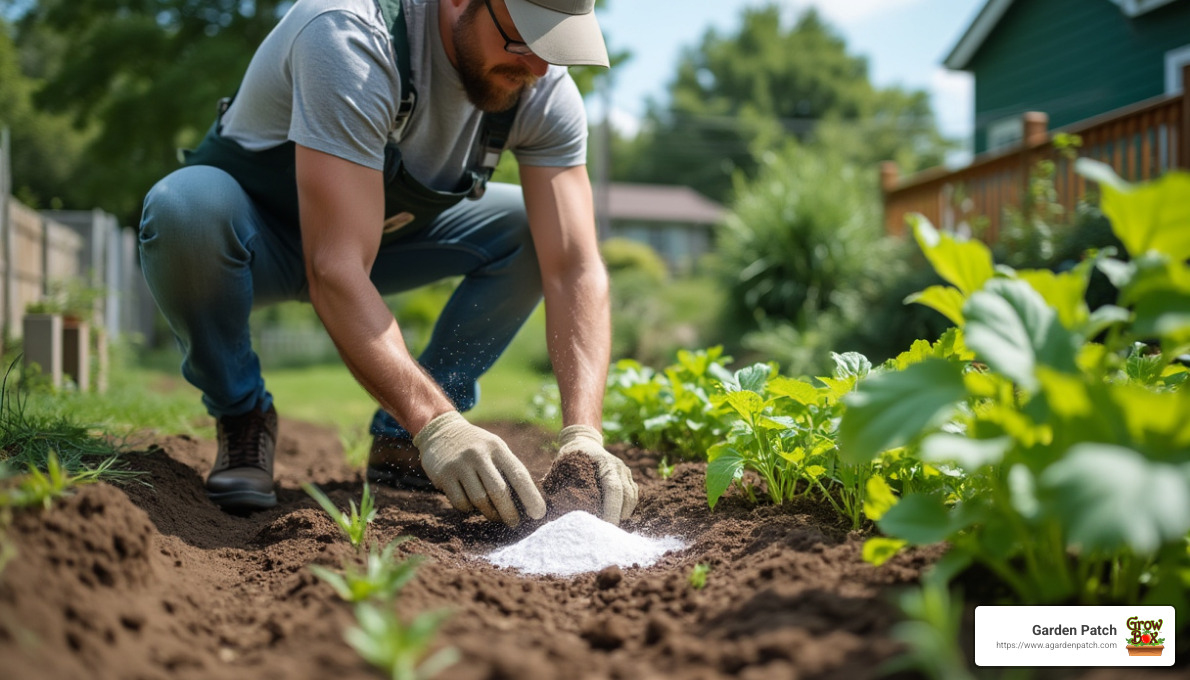As a gardener, you probably use fertilizers and other products to provide your plants with the proper nutrients and encourage absorption. Perhaps you’ve even ordered dolomite for your garden from A Garden Patch to boost calcium absorption in your tomato plants.
Still, you may wonder, how do nutrients enter the plant? Understanding this process can help you tailor your gardening approach to maximize nutrient absorption.
In this article, we explain the nutrients plants need for optimal health and productivity, how nutrients find their way into plants, and the factors that can affect nutrient absorption.
What Nutrients Do Plants Need To Thrive?
Although the exact nutrients needed can vary depending on the plant, most fertilizers contain nitrogen, phosphorus, and potassium, the three primary nutrients the majority of plants need to live. You may see these three plant nutrients referred to by their abbreviation NPK, based on each element’s chemical symbol on the periodic table.
These three nutrients play essential roles in plant health:
- Nitrogen: Plants generate energy to grow through photosynthesis. Nitrogen aids in photosynthesis by helping form chlorophyll, green molecules that help green plants absorb the sunlight they need. Plants also use nitrogen to build amino acids, molecules that bind together to form proteins.
- Phosphorus: Phosphorus plays many roles in maintaining plant health. It aids with root growth, cell division, disease resistance, and flower and seed production. It also aids in protein synthesis by helping build up nucleic acid.
- Potassium: Potassium encourages root growth and disease resistance. It also helps the plant create chlorophyll and absorb carbon dioxide by opening and closing stomata, which are the pores on plant leaves and stems.
In addition to NPK, plants need other nutrients to thrive, including but not limited to:
- Carbon
- Oxygen
- Hydrogen
- Sulfur
- Calcium
- Iron
- Magnesium
- Zinc
- Copper
- Manganese
Plants can absorb all of the nutrients they need from the surrounding soil, air, and water, assuming they live in nutrient-rich environments.
How Do Nutrients Enter the Plant?
Plants absorb various nutrients through three main avenues: their roots, leaves, and stems.
A plant’s root system takes in water and nutrients in the soil through root hairs. A root’s plant cells contain a variety of carrier molecules, each designed to recognize a particular nutrient ion. These carrier molecules bring the nutrients past protective cell layers and up to the leaves, stem, and other plants parts to encourage health and growth.
Leaves play a key role in photosynthesis for green plants. They absorb the sunlight and carbon dioxide needed to produce oxygen and the carbohydrates the plant needs for energy. Plant leaves also absorb various nutrients from water and the surrounding air.
Plant stems serve as the main highway for nutrients to travel from the root system to the leaves and flowers. They also absorb carbon dioxide and regulate water vapor in the plant through their stomata.
How Do Plant Roots Find Soil Nutrients?
We’ve answered the question, “How do nutrients enter the plant?” but how do plant roots find the nutrients they need without some kind of nutrient radar? In a way, they don’t have to because the nutrients find their way on their own.
Nutrient ions find their way to plant roots in four main ways:
- Interception: Plant roots absorb nutrients directly from soil particles through direct contact, called root interception. Most people who don’t have backgrounds in biology or botany imagine this as the primary method for nutrient absorption, but the actual surface contact of a plant’s root structure only touches 1% or 2% of the soil’s surface area.
- Diffusion: Plant roots must rely on other methods in addition to interception, such as diffusion. This occurs when a high concentration of nutrients is introduced into the soil, such as through a fertilizer pellet, and the nutrient ions disperse slowly into the surrounding soil. As they disperse, the nutrients become available for roots to absorb.
- Mass flow: Mass flow basically refers to a root system’s ability to draw in nutrient ions due to leaves releasing water vapor through their stomata. By exhaling water vapor (transpiration), the plant creates a sort of suction affect that draws nutrients to its roots.
- Chelates: Metal nutrient ions like copper, iron, and zinc join the mass flow process through chelates, which attach to these ions and neutralize their positive charge.
We know, we just dropped a lot of science on you, but we can’t help but dive into these concepts briefly to express just how dynamic plants truly are.
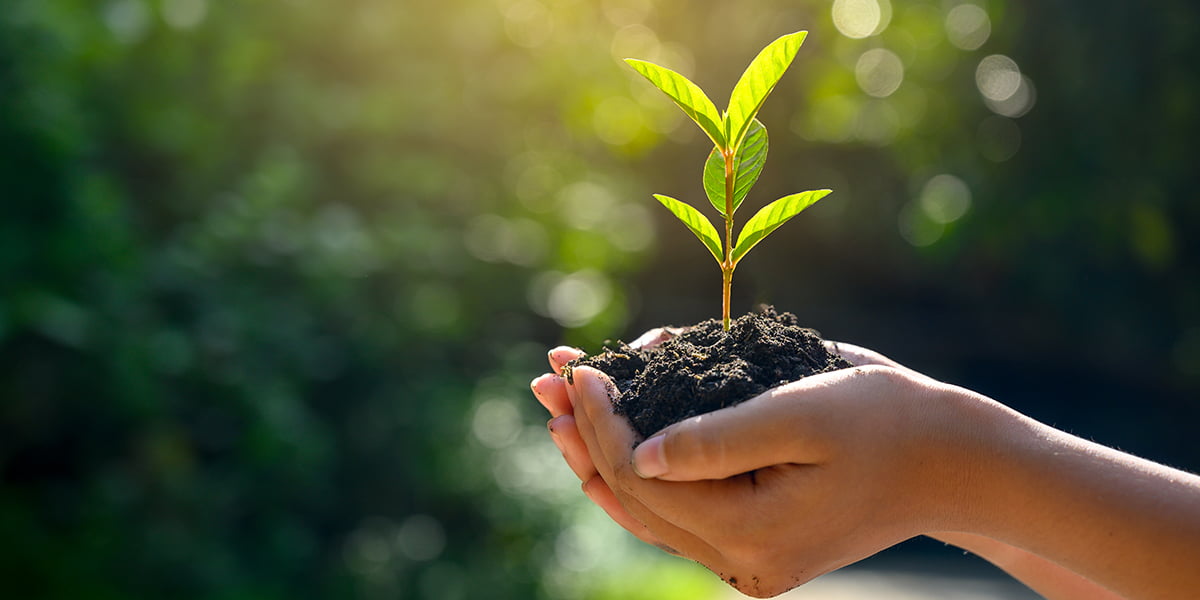
What Factors Impact Nutrient Absorption?
Several factors can impact the effectiveness of plant nutrient absorption, including but not necessarily limited to the following:
- The amount of water a plant receives directly affects nutrient absorption because plants need water to carry nutrients throughout their structures.
- Plants that don’t get ample sunlight can also struggle to absorb nutrients because they lack the energy for the task. Plants create energy through photosynthesis, which requires sunlight.
- Soil type, structure, and nutrient richness also impact nutrient absorption. Not all soils have the same pH levels, textures, and nutrients, so different plants thrive in various soils.
- A plant’s age can also affect absorption due to general activity levels. Young plants typically boast more activity in photosynthesis, root growth, and overall absorption.
- Lastly, the presence of beneficial bacteria and fungi can improve nutrient absorption by helping break down soil nutrients into more easily absorbable forms.
Plants require effective nutrient absorption to thrive, just like we do. Visit our other articles to learn more about plant nutrition, such as this one about the most important nutrients for tomatoes. Now that you can answer the question, “How do nutrients enter the plant?” you can better understand the nutrient needs of your plants.
Enjoy Optimal Nutrient Absorption With a GrowBox
A Garden Patch has the best indoor or outdoor planter for you if you want to maximize nutrient absorption for your plants. The Garden Patch GrowBox takes all the guesswork out of growing healthy plants with self-fertilizing and self-watering features, simple setup, and guaranteed results. Order your GrowBox today to start growing healthy, beautiful vegetables, flowers, and other plants — no gardening experience needed!

